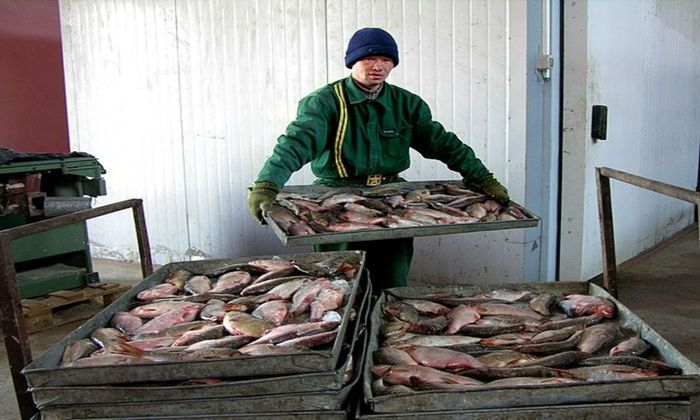How Long Can You Keep Fish?
Keeping your catch for table fare? Read this guide on how long you can keep freshly caught fish and other best practices on raw fish handling.

Fishing is not just a fun and challenging outdoor sport. It’s also a great way to get some fresh and tasty protein. It’s what makes fishing unique — very few sports can claim to provide sustenance for both the spirit and the stomach.

There are many fishing spots with amenities that allow you to consume your catch right away. However, most of the time, you will still have to travel with your raw fish before you can properly prepare and eat it. And if you’ve filled your bucket, you may not even be able to consume them all at once.
This article will guide you on how long you can keep your freshly caught fish, how to handle your catch straight from the water, and some tips to keep your fresh fish suitable to eat for longer.

General Storage Life of Fish
Fish are perishable items just like other types of meat. Lean fish with less oil is generally bound to stay good for up to five days. Fish that are considered more oily, like mackerel, and sardines, have a shelf life of up to three days.
However, this shelf or storage life can broadly vary depending on the different conditions when you catch a particular fish. Aside from the fish’s oil content, the weather condition can play a big part, as well as the handling of your fresh catch. If all conditions are favorable and you can handle your fish correctly, you can generally keep your raw fish for up to three or even four days.
If you can’t prepare your fish for storage soon after you catch it, you should cook it within six to twelve hours. While you can technically freeze ungutted fish, there’s no guarantee that microorganisms won’t grow in their guts and hasten their decomposition.
How to Handle Your Freshly Caught Fish
Handling your fish accurately as soon as you catch it is crucial in keeping its freshness. Use both hands when taking your fish and gently place it into your bucket. Throwing the fish can cause its flesh to bruise or its guts to get torn.
If you’re planning on keeping your fish for later consumption, you have to kill your catch within fifteen to thirty minutes. You can do this through a blow on the head or percussive stunning or by using a sharp spike through the skull and the brain.
After killing your catch, you have to bleed it properly. Bleeding requires cutting behind its gills downward to cut its main blood supply. Drain the blood for at least two minutes or until it’s completely flushed out. Flip the fish over to drain both sides. You can also dip the fish in cold water for a few seconds to ensure its blood is completely drained. Once there’s no more blood flowing out, you can now rinse your fish and remove its scales and guts. You can pull the fish’s gut by slicing along its bottom area.

Next, you will want to put your gutted fish on ice, preferably in a cooler, which will help keep your ice frozen for longer under any circumstance. Use crushed ice so you can cover your fish with it adequately. How much ice should you use? A good practice is to use two pounds per every pound of fish. Crushed ice melts still melts quickly despite being in a cooler, so you have to check your storage every few hours to drain the melted ice and add more. If possible, get a cooler where you can keep the drain open, so your fish doesn’t accidentally drown in melted ice. Having your fish submerged in water affects its texture and will expose it to the possible growth of bacteria and microorganisms. Avoid opening your cooler’s lid so you can keep your ice frozen for longer.
Best Practices For Keeping and Consuming Fish
1. If you can’t freeze your fish but have access to refrigeration, the USDA advises keeping it at 40 °F/4.4 °C or less. Refrigerated fish at this temperature can stay good for only up to two days.
2. Pat your fish dry before wrapping it in foil and freezer paper before freezing. Exposure to water can accelerate bacteria growth and affect the texture of your table fare.
3. Invest in air-tight containers or Ziploc bags if you're freezing fish with other items in the freezer. This prevents the smell of fish from permeating your freezer and helps your catch keep its flavor longer.
4. Frozen fish can last up to three to twelve months — but this depends on your fish’s handling, storing, and type of flesh. Firm fish like cobia or rockfish keep well frozen for longer compared to soft ones like bluefish or Spanish mackerel. Salmon and tuna, both fatty fish, can stay frozen but taste better when eaten fresh.
5. Once you’ve thawed your fish, you must consume it as soon as possible. You can’t just put thawed fish back in the freezer.
6. Don’t hasten the thawing of fish. Keep it refrigerated and let it thaw at its own pace at a regulated cool temperature. Do not microwave it. You can also soften your fish by running it under cold water, but make sure the water is cold and not lukewarm.




